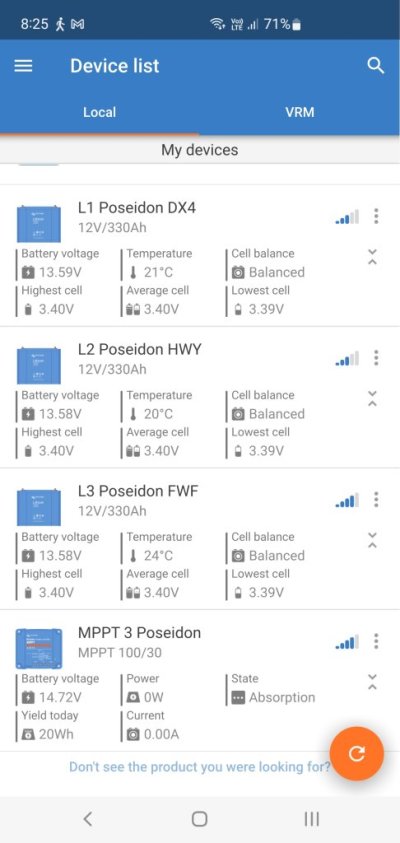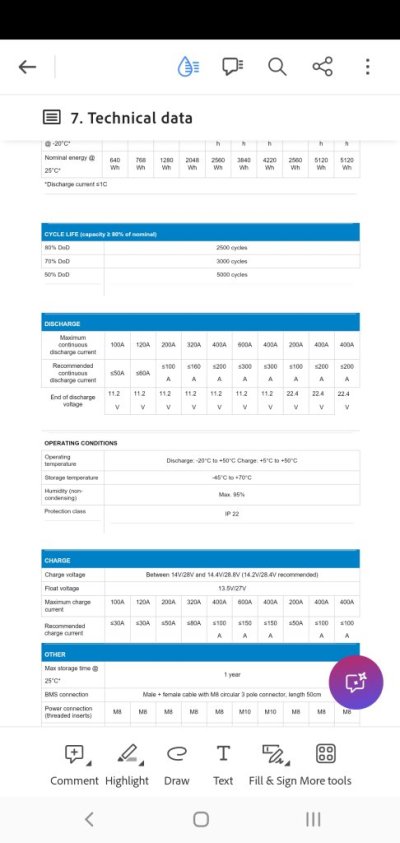I converted from 6x6v golf carts to 7x100ah LFP a few years ago (much better options now than multiple 100ah, but a different topic). The 400lbs of golf carts were in the engine room, low. Between the stringers. Prime real estate for a small boat. So I moved them to the lazarette, outboard.
I didn't think about engine room heat but should have. As Ksanders says, it's damn hot down south (my FLA engine start battery is in the engine room and regularly sees 110F while underway - I give it 2-years). I suppose if you're cruising in the PNW which I believe you are, less of an issue.
I wanted to regain space and frankly, LFP are long lived and need near zero maintenance so there's no reason for them to be in an easily accessible space. Cabling is expensive but it's a one shot deal.
One item that hasn't been mentioned is getting the inverter as close as possible to the LFP bank. For the most part, the LFP evolution is being driven by increased 120/240 VAC usage so inverters are getting larger with more usage. Makes sense to have them close to the LFPs. Plus heat affects inverters too - I forget the exact percentage and temp, but at 100F, inverter efficiency drops to something like 80%-85% of it's rated output (someone check this for me).
Good luck with whatever you decide. Personally, while engine room heat is interesting, I think there's a holistic conversation that grabs more than environmentals.
Peter


